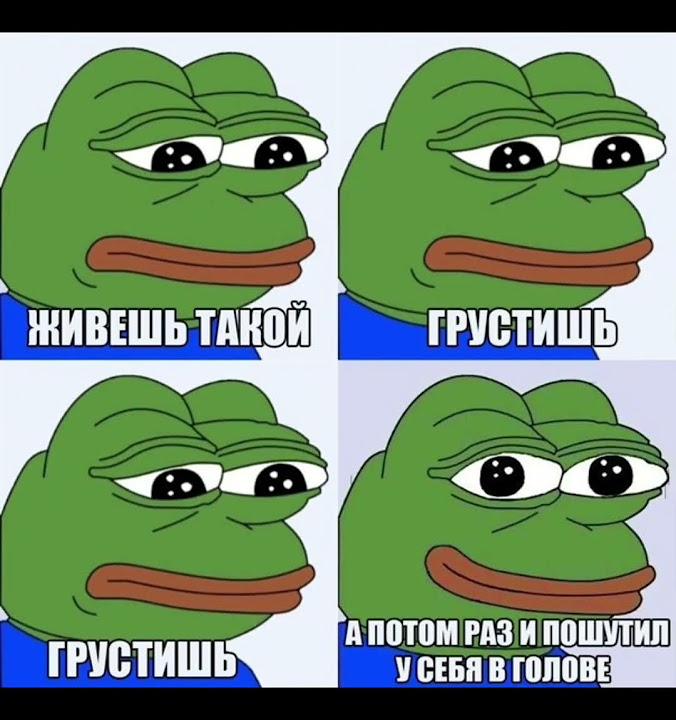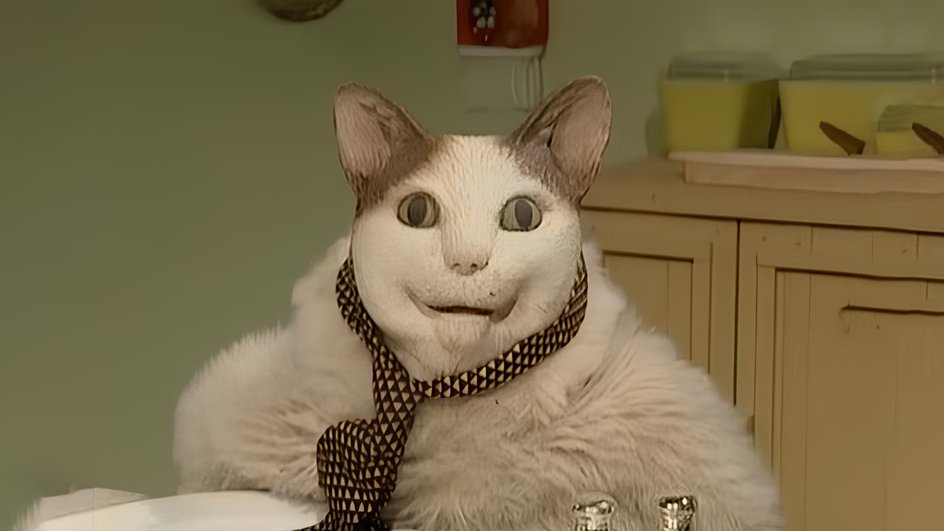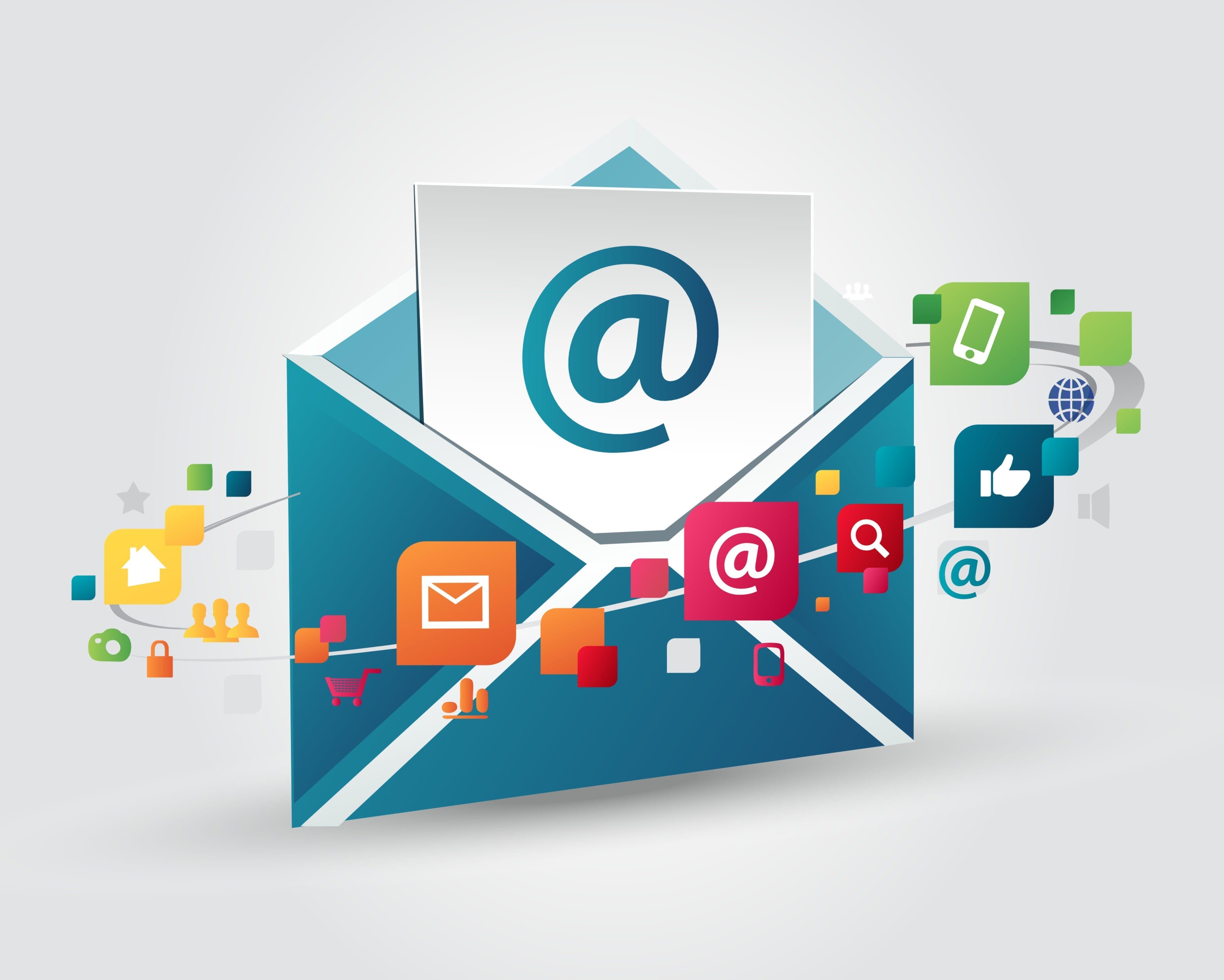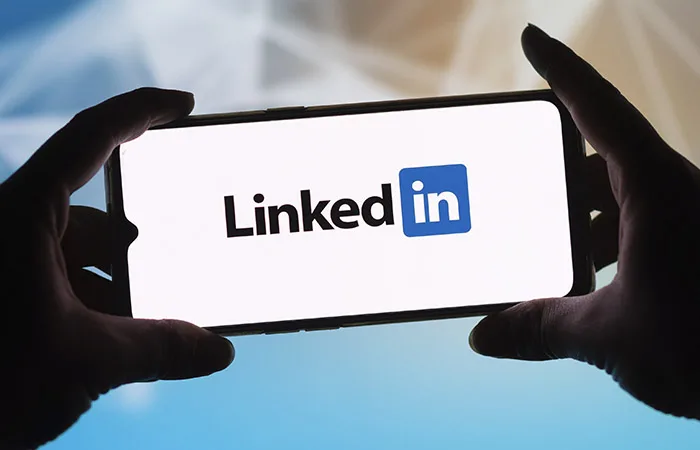In today's world, where user attention is expensive and the speed of content consumption has reached its maximum, brands are increasingly thinking about ways to connect with young people. For the beverage industry, which is focused on emotional consumption and vivid associations, this task is particularly relevant. One of the bright and effective ways that is increasingly used in the digital environment is memes.
Topic "how to attract young people to a beverage brand through memes“ it is interesting not just because memes are popular, but because they have become part of the digital language of Generation Z and millennials. They don't just entertain — they convey attitudes, norms, and values. Let's take a step-by-step look at how to the brand it is important to integrate into this culture organically and wisely.
Understanding the cultural context
First, you need to realize that a meme is not just a picture with a caption. This is a form of digital folklore. It can be ironic, sarcastic, metaphorical, or absurd, but in any case, it speaks the language of the community. To use memes in communication, you need to be "in the subject": understand what is funny for young people today, what trends exist in TikTok and Instagram, which jokes are outdated, and which are gaining momentum.
Without this understanding, the brand risks appearing fake or, worse, hopelessly out of touch. Young people quickly recognize a fake and do not forgive the unnatural. Therefore, the first step is to study the environment: view popular meme pages, track memes related to drinks, analyze visual and text language.
Create relevant and organic content
The next step is to create your own content that elicits a response. The meme should be funny, but it should also be related to the product, the audience's lifestyle, or the situations in which the drink is consumed.
For example, a meme may play up a craving during a session, a morning hangover after a party, or the struggle between choosing "healthy" and "delicious." The main thing is to be honest. Young people feel when they are trying to entertain them "to order". Better honest irony than deliberate advertising.
You don't have to include a logo in each meme. Sometimes it's better not to mention the brand directly at all — if a meme goes viral on its own, users will ask who created it and come back on their own. This is how organic engagement works.
Using the community language
Memes are primarily a language. It includes not only images, but also certain phrases, slang, phrase structure, and even fonts. Understanding this language and being able to speak it is a prerequisite for a successful meme marketing strategy.
It is important to understand the boundaries. Some topics can be sensitive, and if a meme crosses the line, you can run into a wave of negativity. Therefore, each step needs to be understood and checked against the brand's values. At the same time, you should not be afraid of a light self — mocking tone-it is he who arouses sympathy among young people.

Engaging your audience in creating memes
Young people love to participate. Especially if it's fun. Launching a challenge, offering to come up with a brand meme, or holding a contest for the best "meme" photo are great ways to encourage organic distribution.
Users feel connected when they can not only watch, but also create. At the same time, the brand becomes not an intrusive broadcaster, but a participant in the cultural process. It is especially important to encourage the best-not only with prizes, but also with reposts, thanks, and attention.
Adapting to ad platforms
TikTok's content is different from Instagram, which is different from Telegram or VKontakte. The same meme can "enter" in one network and fail in another. Therefore, it is important to adapt the format to a specific platform.
TikTok works well with short videos with meme scenarios and sounds. Instagram uses stories and carousels with texts on top of images. In Telegram, memes can be part of channels where they are discussed, forwarded, and reacted to vividly. Proper presentation and technical design are just as important as the idea.
Constant updating and flexibility
The meme doesn't last long. Today it is at its peak, tomorrow it is already boring. A brand that wants to speak through memes must be prepared for rapid production and frequent changes. Sometimes you have to abandon an idea that seemed great yesterday, just because the meme is already outdated.
Flexibility, a sense of the moment, and a quick response to information guides-all this allows you to keep the attention of young people. Memes are not a perpetual construct, but a stream. It is important to be able to fit into it.
Ethics and respect
Even the most witty campaign will not be successful if it insults, mocks or causes dissatisfaction. A meme is a joke, and a good joke is always appropriate. Topics related to discrimination, illnesses, or traumatic experiences should be avoided.
Situations that are familiar to everyone work best: being late for couples, spontaneous trips, being too lazy to get up in the morning, or randomly choosing a store. In these scenes, the beverage brand may appear as a hero, rather than as an advertiser.








